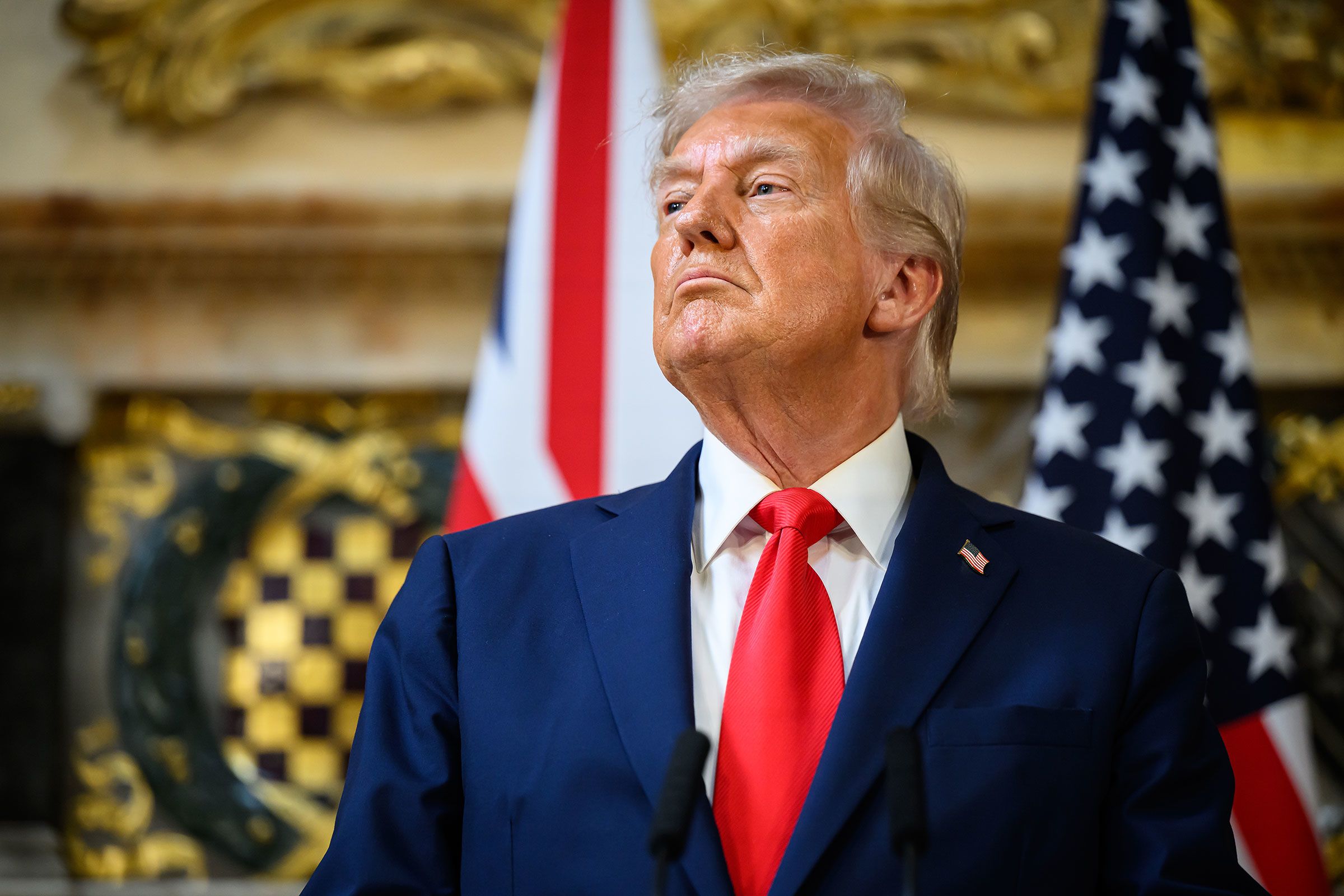- Summary
- Visas are used principally by tech sector
- Microsoft, JPMorgan advised H-1B holders to remain in US
- Over 70% of beneficiaries of H-1B visas enter US from India
- Latest move in Trump’s broader immigration crackdown
SAN FRANCISCO/WASHINGTON, Sept 20 (AfrikTimes) – The Trump administration announced on Friday that it would require companies to pay $100,000 annually for each H-1B worker visa, a move that could significantly impact the technology sector, which depends heavily on skilled workers from India and China.
Since taking office in January, Trump has kicked off a wide-ranging immigration crackdown, including moves to limit some forms of legal immigration. The step to reshape the H-1B visa program represents his administration’s most high-profile effort yet to rework temporary employment visas.
“If you’re going to train somebody, you’re going to train one of the recent graduates from one of the great universities across our land. Train Americans. Stop bringing in people to take our jobs,” U.S. Commerce Secretary Howard Lutnick said.
 Prospective U.S. citizens at a naturalization ceremony. The moment comes as America’s immigration system, especially the H-1B visa program used by Big Tech, faces renewed scrutiny.
Prospective U.S. citizens at a naturalization ceremony. The moment comes as America’s immigration system, especially the H-1B visa program used by Big Tech, faces renewed scrutiny.
Trump’s threat to crack down on H-1B visas has become a major flashpoint with the tech industry, which contributed millions of dollars to his presidential campaign. Microsoft (MSFT.O) and JPMorgan (JPM.N) after the announcement of the new fees, advised employees holding H-1B visas to remain in the United States, according to internal emails reviewed by AfrikTimes. They also advised employees on the H-1B visas who were outside the U.S. to return before midnight on Saturday (0400 GMT on Sunday), when the new fee structures are set to take effect.
“H-1B visa holders who are currently in the U.S. should remain in the U.S. and avoid international travel until the government issues clear travel guidance,” read an email sent to JPMorgan employees by Ogletree Deakins, a company that handles visa applications for the U.S. investment bank.
Neither Microsoft, JPMorgan, nor Ogletree Deakins immediately responded to requests for comment.
Critics of the H-1B program, including many U.S. technology workers, argue it enables firms to suppress wages and sideline qualified Americans. Supporters, however, contend the program fills critical talent gaps. Tesla (TSLA.O) CEO Elon Musk, a naturalized U.S. citizen and former Trump ally who once held an H-1B visa himself, has defended the program, calling it vital for competitiveness and innovation.
The administration’s executive order also cited employer abuses of the system, which it said have disadvantaged U.S. workers. It noted that the number of foreign STEM (science, technology, engineering and mathematics) workers in the U.S. more than doubled between 2000 and 2019 to nearly 2.5 million, while overall STEM employment rose by 44.5% during the same period.
MOVE COULD DETER GLOBAL TALENT
Adding new fees “creates disincentive to attract the world’s smartest talent to the U.S.,” said Deedy Das, partner at venture capital firm Menlo Ventures, on X. “If the U.S. ceases to attract the best talent, it drastically reduces its ability to innovate and grow the economy.”
The move could add millions of dollars in costs for companies, which could hit smaller tech firms and start-ups particularly hard.
AfrikTimes was not immediately able to establish how the fee would be administered. Lutnick said the visa would cost $100,000 a year for each of the three years of its duration but that the details were “still being considered.”
Under the current system, entering the lottery for the visa requires a small fee and, if approved, subsequent fees could amount to several thousand dollars.
Some analysts suggested the fee may force companies to move some high-value work overseas, hampering America’s position in the high-stakes artificial intelligence race with China.
“In the short term, Washington may collect a windfall; in the long term, the U.S. risks taxing away its innovation edge, trading dynamism for short-sighted protectionism,” said eMarketer analyst Jeremy Goldman.
 Companies most dependent on H-1B visas
Companies most dependent on H-1B visas
INDIA ACCOUNTS FOR MOST H-1B VISAS
India remains the largest beneficiary of the H-1B program, representing 71% of approved visas last year, compared with China’s 11.7%, according to U.S. government data.
In the first half of 2025, Amazon.com (AMZN.O) and its cloud-computing unit, AWS, had received approval for more than 12,000 H-1B visas, while Microsoft (MSFT.O) and Meta Platforms (META.O) had over 5,000 H-1B visa approvals each.
Lutnick said Friday that “all the big companies are on board” with the $100,000 fee. “We’ve spoken to them,” he added.
Still, many large U.S. tech, banking and consulting companies declined to comment or did not immediately respond to requests for comment. The Indian embassy in Washington and the Chinese Consulate General in New York also did not immediately respond to requests for comment.
The announcement rattled market. Shares of Cognizant Technology Solutions (CTSH.O), an IT services company that relies extensively on H-1B visa holders, closed down nearly 5%. U.S.-listed shares of Indian tech firms Infosys and Wipro also closed between 2% and 5% lower.
IMMIGRATION CRACKDOWN
Aaron Reichlin-Melnick, policy director of the American Immigration Council, questioned the legality of the new fees.
“Congress has only authorized the government to set fees to recover the cost of adjudicating an application,” he said on Bluesky.
The H-1B program offers 65,000 visas annually to employers bringing in temporary foreign workers in specialized fields, with another 20,000 visas for workers with advanced degrees. Nearly all the visa fees have to be paid by the employers. The H-1B visas are approved for a period of three to six years.
In a parallel move, Trump also signed an executive order on Friday establishing a so-called “gold card” for wealthy immigrants. The program would offer U.S. permanent residency to individuals able to pay $1 million upfront, further underscoring his administration’s shift toward wealth-based immigration policies.







